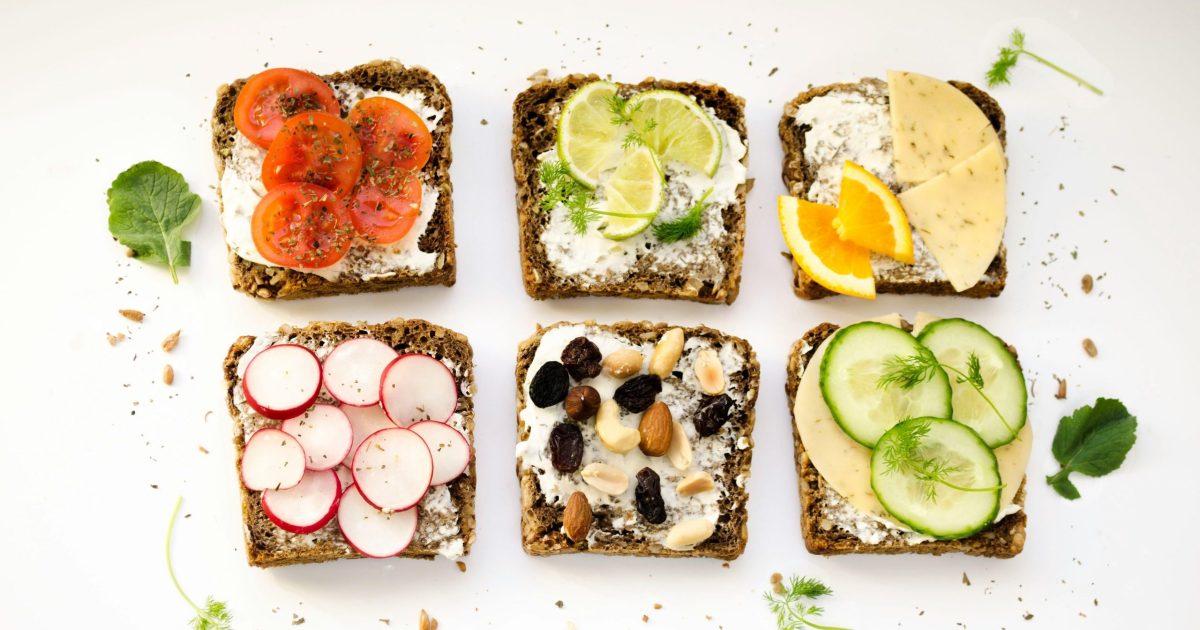
We all know that a balanced diet plays an important role in shaping both health and well-being at all stages of a woman's life, from adolescence to old age. But what are the specific nutritional components that we should pay attention to in each age group?
Adolescence is the first period in a girl's life when her needs are different from those of boys. This is mainly due to the completion of growth and hormonal changes with the onset of menstruation. At this age, nutrition should ensure both a balance in energy intake, so that we do not have a sudden weight gain, as well as the adequacy of nutrients, such as iron and calcium. It is important for girls in adolescence to follow a balanced diet in terms of calories because at this age, weight gain also leads to an increase in fat cells, which are difficult to reduce at later ages. Engaging in sports or daily mild physical activity will also help a lot in this. In addition, iron is a key component for their development, due to the loss through menstruation. Thus, their diet should be enriched with foods of animal origin rich in iron such as offal, red meat, chicken and egg yolk, as well as fish. Calcium is also considered crucial for bone development which is completed at this age and their diet should cover these needs by including 3 servings of dairy products per day, such as milk, yogurt and yellow cheeses which are richer in calcium compared to white cheeses. For both iron and calcium, their absorption is greater when they come from animal-based foods than from plant-based foods.
Another critical period in a woman's life is pregnancy, where through proper nutrition the woman must cover not only her own nutritional needs but also ensure the smooth development of the fetus. Caloric needs increase especially in the second and third trimesters of pregnancy, in order to cover both the mother and the fetus. These should be taken through an individualized diet, with an emphasis on balance, variety and seasonal food choices. As for nutrients, folic acid, or vitamin B9, a water-soluble vitamin found mainly in green leafy vegetables, legumes, nuts and whole grains, plays a dominant role. Folic acid intake should be increased by 200 mg/day.g during pregnancy, because its deficiency can lead to miscarriage, premature birth or even spinal cord damage. And during this period of a woman's life, iron and calcium play a leading role in her diet. Iron helps the fetus develop, while calcium ensures the mother's bone health and reduces the risk of complications, such as preeclampsia. Another important nutrient is magnesium, the lack of which can cause cramps in the limbs and contractions in the uterus. Food sources rich in magnesium include nuts, legumes, whole grains, as well as animal foods. Several times, during pregnancy, it is also necessary to take nutritional supplements to adequately cover micronutrients based on the needs of the pregnant woman and the fetus.
The period of lactation and breastfeeding is equally demanding in terms of nutrients, where the mother's body continues to nourish the infant. The diet of the breastfeeding mother should also be calorie-enhanced, to cover the energy losses incurred through breastfeeding, but also balanced, to help her lose the pregnancy weight without depriving her or depriving her body of nutrients. The mother's diet affects only a few nutrients in the content of breast milk, such as vitamin C and omega-3 fatty acids. However, for her own health and recovery, the diet she follows should be fortified with vitamins D, for better calcium absorption and skeletal health. Foods rich in vitamin D are butter, full-fat dairy products, fatty fish and offal. Iron and calcium continue to be important nutrients during this period.
In adult life, a woman's nutritional needs do not differ much from those of men. Special attention should be paid to the amount and type of fat, with preference for the so-called "good fats" contained in vegetable oils, nuts and their butters, avocados as well as fatty fish such as sardines, mackerel and salmon. The intake of fiber is also quite important, including more fruits and vegetables in our diet, for the smooth functioning of the gastrointestinal system, the best postprandial glycemic response and the reduction of cholesterol. Menopause also falls into this age group, which, due to changes in a woman's hormones, also changes the requirements for nutrients. A diet rich in calcium and vitamin D is also essential at this stage of life, because bone health is affected. Iron needs decrease and become equal to those of men, because menstruation and the loss of blood and iron through it stop. At the same time, antioxidant protection is also important, which helps prevent aging, cardiovascular diseases and certain forms of cancer. Antioxidants are ingredients found in fresh fruits and vegetables, herbs and spices as well as nuts. Their role is to protect us from the creation of free radicals and oxidative stress.
Finally, the so-called third age is equally important for the nutritional health of women. In this period, adequate protein intake should be ensured, due to loss of muscle mass, through sources of protein of high biological value such as animal foods. Hydration is also of key importance, as in all stages of life, because water reserves decrease and fat reserves in the body increase, as well as the desire to consume fluids. Dehydration is a serious problem for the elderly and can affect their health in combination with the intake of medication that can lead to increased fluid loss through urination.
As we can see from the above, the different physiology of women at many periods of their lives leads to different and individualized nutritional needs.
This is why women should make the necessary adjustments to their diet so that they do not develop deficiencies and their overall health is not affected.

Clinical dietician, MSc., PhDc.










